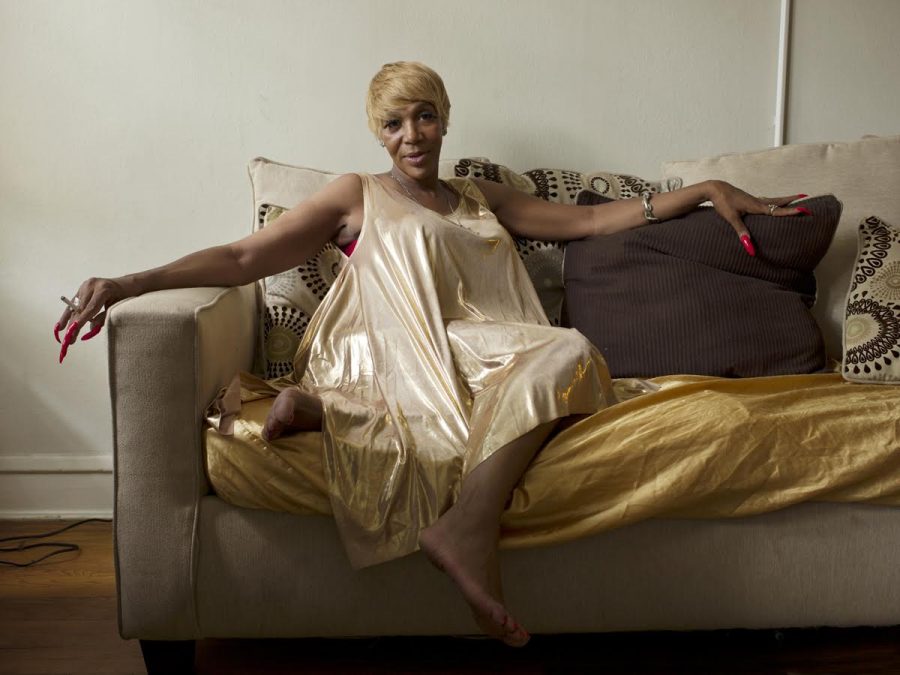Gender identity explored in new gallery
October 23, 2017
Two local artists are exploring identity, sexuality and gender roles in two gallery exhibits that focus on transgender and gender-nonconforming people in two age groups—teens and elders.
Photography by Jess T. Dugan and drawings and video by Catherine Forster are being featured Oct. 20–Nov. 28 at Center on Halsted, 3656 N. Halsted St., a community center serving the LGBTQ community.
Dugan, a 2014 Photography Department alumna, has titled her show “To Survive on the Shore: Photographs and Interviews with Transgender and Gender Nonconforming Older Adults.”
The show features images of transgender and gender-nonconforming individuals 50 or older. Dugan and her partner—Vanessa Fabbre, assistant professor at the Brown School of Social Work at Washington University in St. Louis—traveled nationwide to photograph and interview people.
“I want to provide representation for the trans community,” Dugan said, “especially younger trans folk who may not have seen someone who is an older trans person or may not have a lot of visuals for what that would look like.”
The subjects have varying gender identities, sexualities, classes, races and locations. Some transitioned as early as 1970 and others as recently as 2016, Dugan said.
The companion show of drawings “evoke[s] my struggle to understand the essence of womanhood, both as a female and a parent,” Forster said.
Forster, whose 13-year-old child came out as transgender female in 2014, studies and creates art about womanhood. Originally unaware of the terms binary and nonbinary, Forster started to question what it meant to be female and if the meaning even mattered.
“By the end of the process, I didn’t see [gender] as linear anymore,” Forster said. “A lot of my drawings toward the end are circles. To me, [gender] is much more fluid than that. Nature offers fluidity, so why are we so afraid of it?”
Marjorie Jolles, a Women’s and Gender Studies associate professor at Roosevelt University, said if gender is talked about as something that can change with time, it will help people better understand that gender is not defined by the body, but by the individual.
“There are people who think there are two genders built into the body and our genitals are proof of that,” Jolles said. “Of course, those people are still there, but there is a counter understanding that competes with that idea and has gained a bit more strength. We should take advantage of that and use it to explain that gender is something that can be changed.”
The show promotes people being respectful and supporting the idea of gender fluidity, according to Forster.
“It is generational, like a lot of things, and we need to push it,” Forster said. “We need to support it. Everybody counts, and it is not our place to say who you should be and how people should be.”








